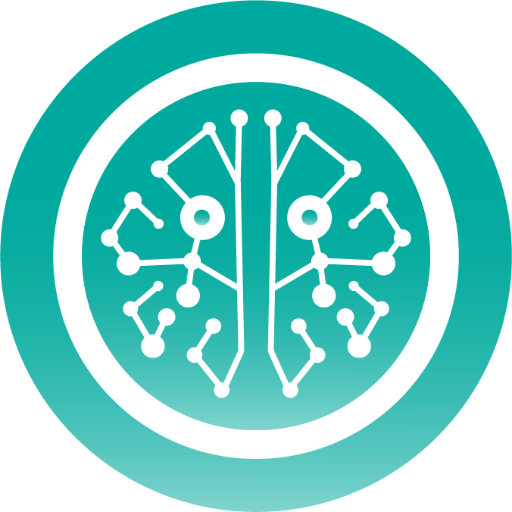Math to LaTeX-math expressions to LaTeX conversion
AI-powered tool for converting math to LaTeX.
Upload a math image
Show me a math formula
Need LaTeX code for this math
Convert this math to LaTeX
Related Tools
Load More
LaTeX Helper
A precise LaTeX assistant for academic content.

截图转公式(image to formula)
论文公式编辑神器 / 截图上传即可转换 / 24.3.31 更新

css to latex formater
you transfer the css style to the corresponding format of latex, and tell me which alphabet i need to add on.

LaTeX Picture & Document Transcriber
Convert into usable LaTeX code any pictures of your handwritten notes, documents in any format. Start by uploading what you need to convert.
PDF to LaTeX
Converts PDFs, especially those with math equations, into LaTeX format.

LaTeX Scribe
Transcribes handwriting to LaTeX with TikZ and Circuitikz.
20.0 / 5 (200 votes)
Introduction to Math to LaTeX
Math to LaTeX is a specialized tool designed to convert images of mathematical expressions into accurate LaTeX code. It is tailored for precision and clarity, ensuring that complex mathematical formulae are faithfully represented in LaTeX, which is the standard typesetting system used in academia and professional fields for mathematical and scientific documents. The primary function of Math to LaTeX is to streamline the process of transcribing handwritten or printed mathematical content into a digital format that can be easily edited, shared, and published. For example, a student can take a picture of a complex integral written on a whiteboard, and Math to LaTeX will provide the corresponding LaTeX code. This is particularly useful for creating well-formatted academic papers, technical documents, and presentations.

Main Functions of Math to LaTeX
Image to LaTeX Conversion
Example
A user uploads an image of a handwritten equation: \( E = mc^2 \). Math to LaTeX processes this image and generates the LaTeX code: `E = mc^2`.
Scenario
A researcher needs to convert handwritten notes from a conference into a LaTeX document for a report.
Error Detection and Correction
Example
The tool identifies and corrects common mistakes, such as misinterpreted characters, by suggesting corrections: \( \int \limits_{0}^{\infty} e^{-x^2} dx \).
Scenario
A professor uses Math to LaTeX to convert lecture notes and receives automatic corrections for minor handwriting errors, ensuring accuracy.
Batch Processing of Multiple Images
Example
A user uploads several images of equations from a textbook. Math to LaTeX processes each image and outputs the LaTeX code for all equations: `\begin{align*} y &= mx + b \\ z &= x^2 + y^2 \end{align*}`.
Scenario
A student digitizes a chapter of a math textbook for a project, converting numerous equations into LaTeX code in one go.
Ideal Users of Math to LaTeX Services
Students and Educators
Students and educators benefit from Math to LaTeX by quickly converting handwritten notes and classroom material into LaTeX code, facilitating the creation of homework assignments, lecture notes, and research papers.
Researchers and Academics
Researchers and academics use Math to LaTeX to convert complex mathematical derivations and formulae into a digital format suitable for publication in academic journals and conferences. This saves time and reduces errors in the transcription process.

How to Use Math to LaTeX
1
Visit aichatonline.org for a free trial without login, also no need for ChatGPT Plus.
2
Upload or drag-and-drop your image containing the mathematical expressions you wish to convert.
3
Allow the tool to process the image and generate the corresponding LaTeX code.
4
Review the generated LaTeX code and make any necessary adjustments to ensure accuracy.
5
Copy the LaTeX code and paste it into your desired document or LaTeX editor.
Try other advanced and practical GPTs
DFS BetBuddy AI by Uply Media, Inc.
AI-powered sports strategy for Draft Kings.

ADHD Buddy
AI-powered support for ADHD management

Complete Apex Test Class Assistant
AI-powered Salesforce Apex test classes

Phoneix Ink
Empowering Creativity with AI

Rust Buddy
AI-powered assistance for Rust development.

IB Computer Science Expert
AI-Powered IB Computer Science Guidance

Bambu Lab Assistant
AI-powered assistant for 3D printing tasks.

Professor Synapse
AI-powered assistance for all your needs.

B2B Startup Ideal Customer Co-pilot
AI-powered tool to discover your ideal B2B customer.
G.Ads Comprehensive Advisor
AI-driven optimization for Google Ads performance.

G Ads Script Builder by Taskforce Agency
Automate Google Ads with AI-powered scripts

Vuln Prioritizer
AI-powered vulnerability prioritization for cybersecurity

- Academic Writing
- Research Papers
- Technical Reports
- Homework Solutions
- Mathematical Notes
Math to LaTeX Q&A
What types of images can Math to LaTeX process?
Math to LaTeX can process images containing handwritten, printed, or digital mathematical expressions. It is optimized for clear, high-quality images to ensure accurate conversion.
Can Math to LaTeX handle complex mathematical expressions?
Yes, Math to LaTeX is designed to accurately convert complex mathematical expressions, including integrals, derivatives, matrices, and more.
Is there a limit to the number of images I can process?
There is no limit during the free trial period. However, for extensive use, consider subscribing to access advanced features and higher processing limits.
How accurate is the LaTeX code generated by Math to LaTeX?
The accuracy of the LaTeX code is very high, especially when the input image is clear and well-defined. Users may need to make minor adjustments depending on the complexity of the expressions.
What are the system requirements for using Math to LaTeX?
Math to LaTeX is a web-based tool, so it requires an internet connection and a modern web browser. There are no specific system requirements beyond that.